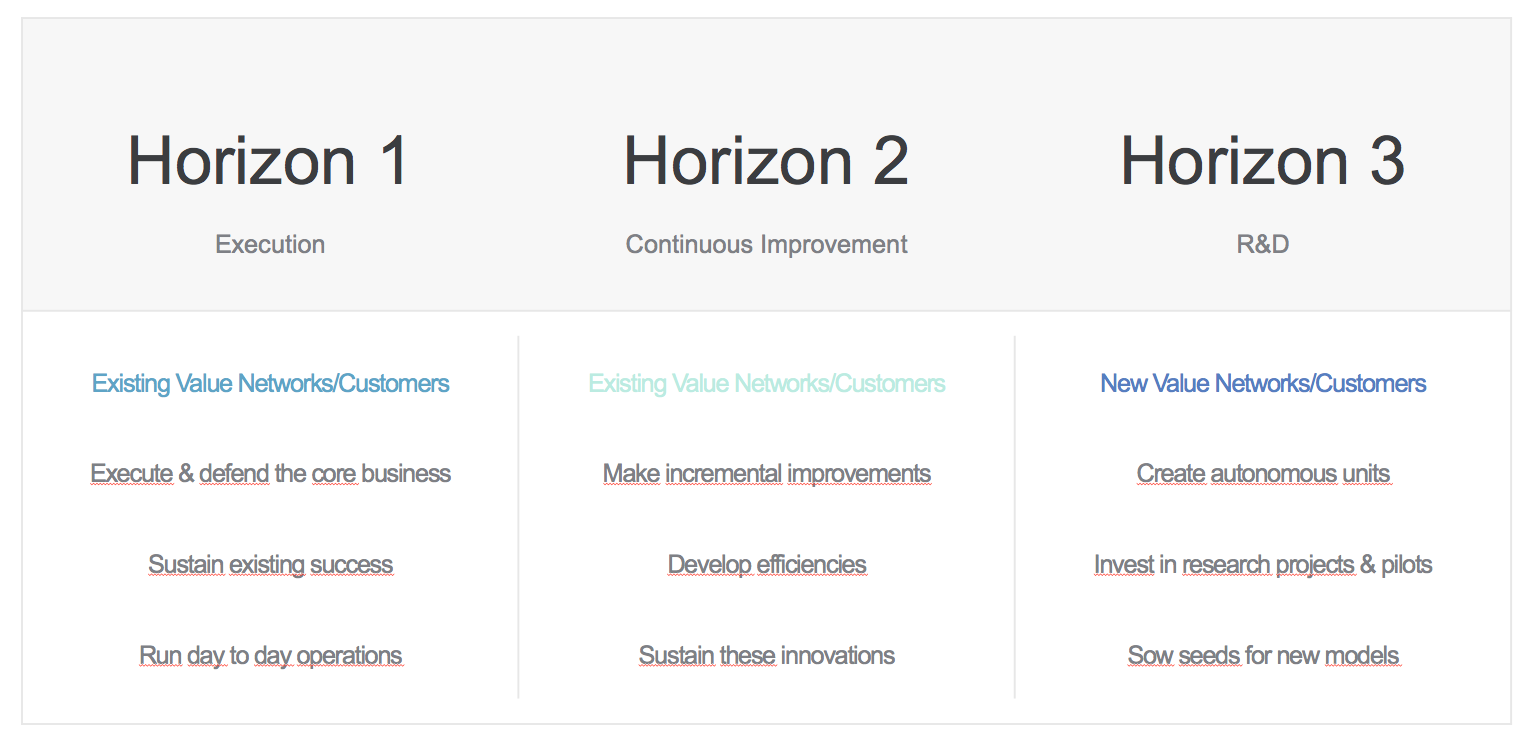You have /5 articles left.
Sign up for a free account or log in.
This post by Kristen Eshleman, Director of Digital Learning Research & Design and Director of Academic Technology at Davidson College, originally appeared on her Digital Learning Research & Design blog.
I’ve been a director of academic technology at Davidson College for 10 years now. Like many of my colleagues, I’m also a practitioner. It has always been my position that maintaining some level of practice is a good idea in this field. Understanding when technology is simply a tool in support of the method and when that tool begins to shape the method is an important distinction. Shifts in edtech can be small until they’re seismic.
The small shifts often come in the form of smaller scale improvements and problem-solving connected to the day-to-day operations. We are a service-oriented field, and tackling these small problems brings immediate rewards. It’s the same for my colleagues on the Davidson IT leadership team. We’re all practitioners on some level.
As practitioners, these shifts can come at us in a seemingly constant stream of urgency. As directors, those urgent tasks can easily drive out the important work of planning for the future. Even the singular task of planning for the small shifts in the year ahead requires a 1-2 day retreat from campus. Managing this continuous push-pull tension reminds me of a quote my colleague, Allison Dulin Salisbury referenced in a great talk at last year’s Lean Startup conference:
“What is important is seldom urgent. And what is urgent is seldom important.”
– Dwight D. Eisenhower
This quote is usually cited as advice for time management, but I’m more interested in thinking about this quote in the context of big changes coming to higher education. I’m of the opinion the new shifts coming in edtech are not the small ones. After a White House meeting on the topic recently, George Siemens wrote this: “Higher education generally has no clue about what’s brewing in the marketplace as a whole. The change pressures that exist now are not ones that the existing higher education model can ignore. The trends – competency-based learning, unbundling, startups & capital inflow, new pedagogical models, technology, etc – will change higher education dramatically.” [emphasis his]
Looking at the quote in this context, what is the important that should not be driven out by the urgent? And what kind of retreat is needed to plan for a seismic shift?
A strategy for responding to the changes in front of us is what I view as the important. No one knows for sure what the future of higher education will look like. Whether these pressures represent a threat or an opportunity is open to debate, but it is widely accepted that many of the change pressures are driven by technology. It stands to reason then that Higher Ed IT should take a lead role in addressing them. But, where do we begin? What should we focus on to plan for the important future of higher education?
Look to Industry
Comparing higher education to business is not my intention here. Our institutions are not businesses. We don’t seek profits and our students are not customers. We do, however, generate revenue to further our mission. That mission is being questioned and tested, by industry. I believe deeply that higher education should not conduct itself as a business, but I think we would be wise to borrow an industry method that has proven useful in times of uncertainty.
Why? Because industry is good at planning for the important.
One widely accepted model for tackling an uncertain future, developed at McKinsey & Company, is the Three Horizons model for growth:

The Horizons model provides a framework for managing both the immediate needs and future opportunities that sustain any core business. Industry allocates resources to all three horizons, as a percentage of internal expenditures. According to a 2014 survey of business leaders across a range of industries, this was the average breakdown:

When those same leaders were asked what would be a better allocation, this was their response:

That’s a 10% shift in investments away from the urgency of the day-to-day needs and toward the important needs of tomorrow. Borrowing from this framework might be particularly useful to higher education in our current time of uncertainty. What is urgent is seldom important. Increased investments in horizons two and three insure that the urgent needs around horizon one do not overwhelm efforts that are important to the future of organizations.
R&D for Higher Education
More often than not, we work in the urgent. We plan in 1-3 year increments, with an eye toward execution and improvement. We think deeply about the future of technology, and we advise institutional leaders on technology directions everywhere they intersect. Still, most of us experiment in the core business model (teaching and learning) mainly around the edges. Moreover, the majority of our innovative efforts there fall within horizon two.
Because technology is anchoring this seismic shift, it would be great to see more IT organizations serve higher education in this time of change by leading the creation of spaces for horizon three. Partnering with industry, faculty, students and staff, and using research as our guide, we can engage in cycles of digital learning experimentation on new models within our core business of teaching and learning. As higher education continues to go digital, this kind of experimentation and research can help us adapt to new ways of teaching and learning and articulate (with evidence) the value within our institutions.
Without overlooking the good work already being done at some universities – Stanford and Georgetown, to name just two – I want to suggest here that more of us create space for this kind of R&D. There is strength in numbers, and we aren’t all the same. The current level of engagement feels insufficient. Personally, I have concerns that leaving the deepest levels of core business experimentation in the hands of a few elite institutions is not likely to address the needs of an increasingly diverse community of learners. I also think we can go further faster working in community and building on each others’ ideas.
In the end, this is what drives my thinking on the changes ahead:
We can either shape the direction of higher education innovation or be shaped by it.
What are your thoughts about the urgent and the important for the future of higher education? How might we be intentional about horizon three in community? What are the changes needed to bring this about? What are the new forms of research needed? How can government and philanthropy support these efforts? How can we connect the evidence to public policy?








